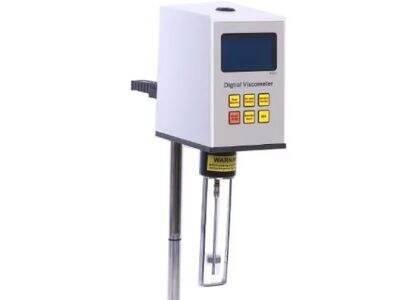What differentiates a rheometer from a viscometer? These two tools may sound similar, but they do different work measuring how materials flow. Here we will explore the differences between rheometers and viscometers and guide you on how to select the best tool for your application.
Rheometer vs. Viscometer
Let’s start by talking about what each instrument does. A rheometer measures the flow of materials and how they change shape under pressure. In contrast, a viscometer is an instrument used to determine viscosity of a liquid, indicating how viscous or runny a fluid is and how easily the fluid flows.
Exploring the Differences
The primary difference between a rheometer and a viscometer is what they can measure. Rheometers Industrial instrument are capable of measuring various flow properties, including elasticity and viscosity. You can only measure viscosity with viscometers.
Choosing the Right Tool
Try to consider what needs to be measured when deciding whether to get a rheometer or a viscometer instrument . If you want to see how a material behaves under various conditions, a rheometer in the preferred tool. However, if what you want is to determine the thickness of a liquid, a viscometer is the optimal option.
How Rheometers Measure Flow
Rheometers operate by applying a known level of stress or strain to a substance and then measuring its response. This allows scientists to understand how materials respond to different forces. They examine these reactions to learn more about how materials flow.
Testing: The Difference Between Rheometers & Viscometers
Rheometer and viscometer are essential in testing materials behavior over time and under constant use conditions. Viscometers are typically used for viscosity measurement, while Laboratory instrument rheometers are used to characterize complex flow behavior.












































